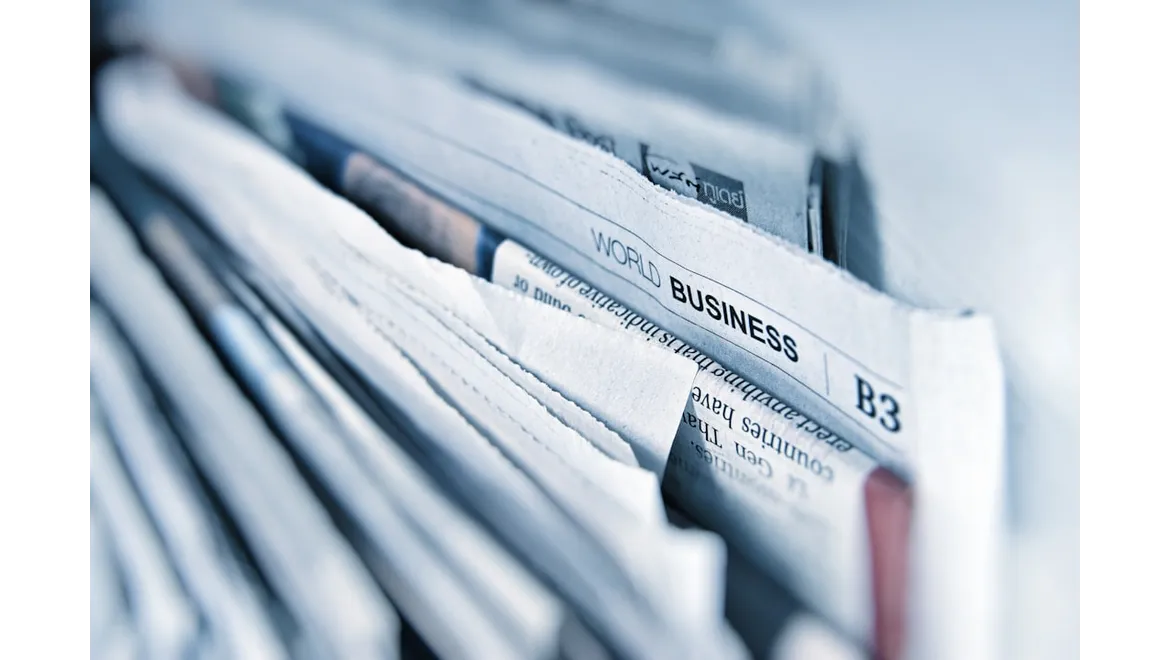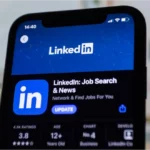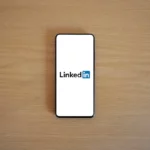When I first reached out to Sarah, a seasoned content strategist known for her knack for crafting compelling headlines, I was eager to dive into her world. We met at a cosy café, the kind where the coffee is strong and the atmosphere invites deep conversation. As we settled in, I could sense her enthusiasm for the topic. Over cups of steaming cappuccino, Sarah shared her insights and strategies, and I knew I was in for a treat.
The Art of the Hook
“Headlines are your first impression,” Sarah began, her eyes alight with passion. “It’s like meeting someone new; you want to intrigue them enough to learn more.” She explained that a good headline should spark curiosity while conveying the core message of the content. “Think of it as a promise you’re making to your reader,” she added.
Sarah emphasised the importance of understanding your audience. “You need to know who you’re speaking to,” she said. “What are their pain points? What excites them?” By tailoring your headlines to address these elements, you can draw readers in. She mentioned using specific language that resonates with the target audience, making them feel seen and understood.
Structure and Substance
I was curious about the balance between cleverness and clarity. Sarah nodded, acknowledging the tightrope act. “Cleverness is great, but clarity is key,” she said. “Your headline should be easily understood at a glance.” She advised using straightforward language, with a touch of creativity to keep things interesting.
Sarah shared her go-to structure: a blend of numbers, adjectives, and keywords. “Numbers are magic,” she said with a smile. “They promise specific, digestible information.” Adjectives add flair and emotion, while keywords ensure the headline is optimised for search engines. For example, instead of “Tips for Better Sleep,” she suggested “7 Proven Strategies for Restful Nights.”
Testing and Refining
One of the most enlightening parts of our conversation was Sarah’s approach to testing headlines. “It’s all about trial and error,” she confided. She recommended creating multiple versions of a headline and testing them through A/B testing or social media engagement to see which garners the most attention.
Sarah advised keeping a close eye on analytics to learn what works and what doesn’t. “Numbers don’t lie,” she laughed. “If a headline isn’t performing, don’t be afraid to tweak it.” This iterative process allows for continuous improvement and adaptation to audience preferences.
Emotion and Urgency
Sarah spoke about the emotional pull of a good headline. “Emotions drive action,” she explained. “A headline that evokes emotion can be incredibly powerful.” She suggested using words that tap into common human feelings—like fear, joy, surprise, or curiosity—to create a connection with the reader.
Urgency was another tool in her arsenal. “Adding a sense of urgency can encourage immediate action,” she said, citing examples like “Don’t Miss Out” or “Limited Time Offer.” However, she cautioned against overuse, which can lead to reader fatigue if every headline sounds like a fire drill.
Learning from the Best
As we wrapped up, Sarah encouraged me to learn from successful headlines. “Look at what works,” she advised, suggesting I analyse trending articles or popular social media posts. She highlighted the importance of staying updated with industry trends and continuously learning from others.
Before we parted ways, Sarah shared one last nugget of wisdom: “Never underestimate the power of a good headline. It’s your first and best chance to make an impression.”
Reflecting on our conversation, I realised that crafting the perfect headline is both an art and a science. It requires understanding your audience, balancing creativity with clarity, and continuously refining your approach based on feedback and results. Through Sarah’s insights, I gained a deeper appreciation for the craft and the potential it holds to transform content from overlooked to irresistible.











